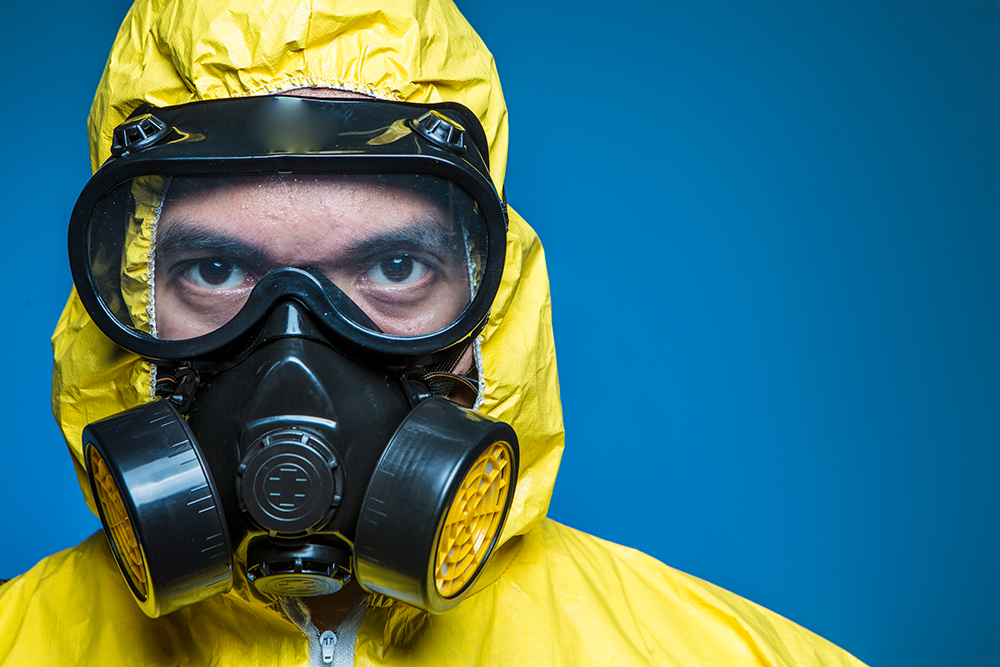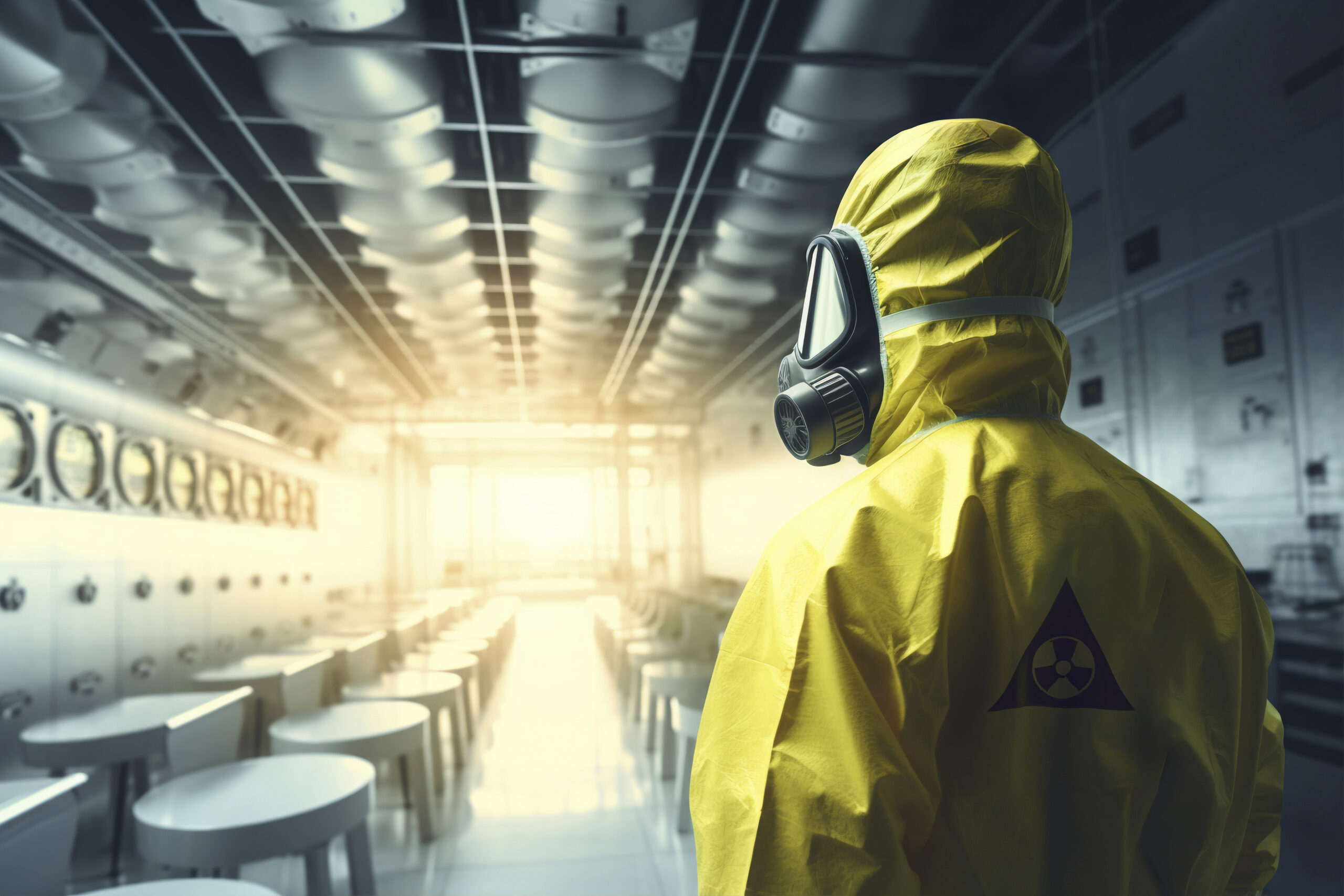Exact ATP Testing for Effective Cleanliness and Health Tracking
Specialist Biohazard Cleansing and Purification for Blood, Bodily Fluids, and Hazardous Products
In the world of biohazard cleansing and purification for blood, bodily fluids, and harmful materials, precision and expertise are paramount. The possible wellness dangers connected with direct exposure to biohazards emphasize the essential demand for careful handling and complete clean-up. Specialized training equips specialists with the understanding and skills essential to attend to these dangerous circumstances effectively. Nonetheless, it is not simply about cleansing up; the significance of using appropriate purification methods can not be overstated. As we navigate the complex landscape of biohazard cleanup, recognizing the nuances of laws, compliance, and the customized devices at play comes to be crucial in ensuring a thorough and risk-free purification process.
Health Risks of Biohazard Exposure
Direct exposure to biohazards positions considerable wellness threats that can result in severe repercussions for individuals and neighborhoods alike. Biohazards encompass a wide variety of organic materials, consisting of blood, physical liquids, mold and mildew, microorganisms, infections, and various other potentially contagious products. When people enter call with these biohazards, whether with mishaps, incorrect handling, or ecological direct exposure, they deal with the risk of contracting serious diseases or illness.
One of the primary health risks related to biohazard direct exposure is the transmission of transmittable diseases. Bloodborne pathogens such as HIV, liver disease B and C, and numerous microorganisms can be present in biohazardous materials, positioning a direct threat to human wellness. Inhaling airborne biohazards like mold spores or entering call with polluted surfaces can also bring about respiratory system problems, allergies, and other negative health and wellness impacts.
Furthermore, biohazard direct exposure can have long-lasting health and wellness implications, with some conditions materializing years after the initial call (Blood Cleanup). Consequently, it is critical to focus on appropriate biohazard cleaning and decontamination to minimize these health and wellness risks and make certain the safety and security of individuals and areas

Specialized Educating for Biohazard Cleaning
When it pertains to handling biohazard clean-up successfully and safely, specialized training plays an essential duty in ensuring proper decontamination treatments are followed. Biohazard cleanup needs particular expertise and skills to effectively alleviate threats associated with bloodborne microorganisms, bodily liquids, and hazardous materials. Specialists learnt biohazard clean-up undertake strenuous guideline on how to safely deal with, eliminate, and dispose of biohazardous materials to avoid contamination and direct exposure.
Specialized training for biohazard clean-up covers an array of crucial subjects, consisting of correct individual safety tools (PPE) use, bloodborne microorganism recognition, purification techniques, and contaminated materials disposal protocols. Individuals trained in biohazard cleanup are equipped with the necessary expertise to evaluate contamination levels, identify potential hazards, and implement appropriate cleanup treatments in conformity with regulative standards.
Continual training and education and learning are paramount in the area of biohazard cleanup to remain updated on the newest decontamination technologies, safety and security methods, and regulations. By buying specialized training, biohazard cleaning specialists can efficiently clean up blood off floor react to emergency situation cleanup situations and guard both public wellness and the atmosphere.
Value of Appropriate Decontamination Strategies
Using proper purification methods is essential in biohazard clean-up to efficiently remove harmful materials and lessen health and wellness dangers. Reliable purification not just ensures the elimination of visible traces of blood, physical fluids, and various other biohazards but likewise targets invisible microorganisms that might posture major wellness risks otherwise correctly gotten rid of. By following rigorous purification methods, educated professionals can considerably lower the risk of exposure to unsafe microorganisms, infections, and microorganisms that could result in infections or conditions.
Correct purification techniques include the usage of specialized devices and anti-bacterials that are especially developed to counteract biohazards successfully. Detailed cleaning and disinfection of polluted locations are vital to stop the spread of virus and make certain a safe atmosphere for owners. In addition, the right disposal of biohazardous waste complying with purification treatments is essential in preventing contamination of other surfaces or individuals.

Devices and Tools for Safe Cleanup
When dealing with blood, bodily liquids, or hazardous products, biohazard cleansing experts depend on specialized equipment to decrease direct exposure risks and completely decontaminate the afflicted why not try these out location. Additionally, biohazard cleaning packages including anti-bacterials, absorbing products, and biohazard bags are used to securely consist of and get rid of of infected items.
Advanced cleaning devices like hospital-grade anti-bacterials, HEPA-filtered vacuums, and fogging equipments are utilized to disinfect surface areas and eliminate biohazards properly. Specialized equipment such as sharps containers and biohazard waste disposal containers are utilized to safely handle sharp items and biohazardous waste products. By making use of the right devices and devices, biohazard cleaning specialists can make sure a detailed cleaning process that prioritizes safety and reduces health and wellness dangers for both employees and owners of the affected area.
Laws and Compliance in Biohazard Cleansing
Correct adherence to regulations and conformity criteria is paramount in biohazard cleaning to ensure the safety of both personnel and the environment. Federal government companies such as OSHA (Occupational Security and Health And Wellness Administration) and the EPA (Epa) have actually developed certain guidelines for biohazard clean-up procedures to minimize health dangers and environmental contamination. These regulations cover a variety of elements including the handling, transportation, and disposal of biohazardous products, along with the needed training and protective equipment needed for workers included in the cleanup process.
Biohazard cleaning companies need to remain current with these guidelines to guarantee that their procedures fulfill the needed safety criteria. Failing to abide by these laws can cause serious repercussions, consisting of fines, lawsuit, and jeopardizing the health and wellness of individuals and the setting. By complying with stringent laws and compliance procedures, biohazard cleansing firms can efficiently reduce risks and make browse around here certain a comprehensive and secure clean-up process for all celebrations involved.
Conclusion
Finally, biohazard cleansing and purification need specialized training, appropriate techniques, and adherence to guidelines. Direct exposure to blood, bodily liquids, and hazardous products postures significant wellness risks, making it essential to use the ideal equipment and tools for risk-free cleaning. By following stringent methods and guidelines, experts can properly reduce the dangers connected with biohazard direct exposure and make sure the safety and security of both themselves and others.
As we navigate the elaborate landscape of biohazard clean-up, recognizing the nuances of policies, compliance, and the specific tools at play comes to be vital in ensuring a safe and thorough purification process. (Blood Cleanup)
When it comes to taking care of biohazard cleanup efficiently and safely, specialized training plays a fundamental role in guaranteeing appropriate purification treatments are complied with.Using appropriate purification methods is vital in biohazard cleanup to efficiently get rid of dangerous materials and minimize wellness risks. Additionally, biohazard cleansing packages including anti-bacterials, absorbing products, and biohazard bags are utilized to safely get rid of and consist of of polluted items.
Government firms such as OSHA (Occupational Security and Wellness Administration) and the EPA (Environmental Security Company) have developed certain guidelines for biohazard cleanup treatments to lessen health risks and ecological contamination.